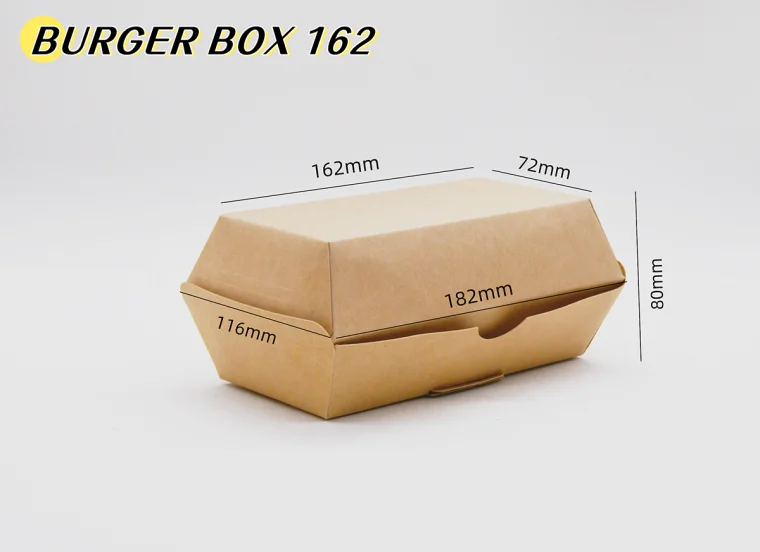When it comes to screen printing, the choice of shirt can significantly impact the final product's quality, durability, and overall appeal. Whether you're a business owner looking to create branded merchandise, a designer aiming to showcase your artwork, or an individual wanting to make a statement, selecting the right shirt is crucial. In this comprehensive guide, we will explore the key factors to consider when choosing the best shirt for screen printing, ensuring that your designs come to life in the most vibrant and lasting way possible.
Understanding Fabric Types
The fabric of the shirt is perhaps the most critical factor in screen printing. Different materials have unique properties that can affect how well ink adheres, how colors appear, and how the garment feels against the skin. Here are the most common fabric types used in screen printing:
- Cotton: Known for its softness and breathability, cotton is the most popular choice for screen printing. It absorbs ink well, resulting in vibrant colors and sharp designs. However, 100% cotton shirts may shrink after washing, so pre-shrunk options are advisable.
- Polyester: This synthetic fabric is known for its durability and resistance to wrinkles and shrinking. Polyester shirts are ideal for athletic wear and outdoor apparel. However, they can be more challenging to print on, as the ink may not adhere as well as it does on cotton. Using special inks designed for polyester can mitigate this issue.
- Cotton-Polyester Blends: Blended fabrics combine the best of both worlds. A common blend is 50/50 cotton and polyester, which offers the softness of cotton with the durability of polyester. These shirts are versatile and suitable for various printing techniques.
- Tri-Blend: Typically made from a combination of cotton, polyester, and rayon, tri-blend shirts are incredibly soft and have a vintage feel. They drape well and are comfortable to wear, but the printing process can be more complex due to the varying fabric types.
Weight and Thickness
The weight of the fabric, measured in grams per square meter (GSM), plays a significant role in the shirt's overall quality and suitability for screen printing. Lighter shirts (around 150-180 GSM) are great for summer wear, while heavier shirts (200 GSM and above) provide more durability and a premium feel. When selecting a shirt, consider the intended use and the climate in which it will be worn.
Fit and Style
The fit of the shirt can also influence the printing process and the final look of your design. Here are some common styles to consider:
- Classic Fit: This traditional cut offers a relaxed fit, making it suitable for a wide range of body types. It provides ample space for printing large designs.
- Slim Fit: For a more modern look, slim-fit shirts hug the body closer. While they can be stylish, ensure that the design is not too large, as it may distort the image when worn.
- Unisex vs. Gender-Specific: Unisex shirts are versatile and can appeal to a broader audience, while gender-specific options may offer a better fit for certain body types. Consider your target demographic when making this choice.
Color Selection
The color of the shirt can dramatically affect how your design appears. Light-colored shirts are generally easier to print on, as they allow for brighter ink colors. Dark shirts may require a white underbase to ensure that colors pop. When selecting a shirt color, think about the design's color palette and how it will contrast with the fabric.
Printing Techniques
Different printing techniques may require specific types of shirts. For example:
- Screen Printing: This traditional method works well on cotton and cotton-blend fabrics. It allows for vibrant colors and intricate designs but may not be suitable for all fabric types.
- Direct-to-Garment (DTG): This technique is ideal for complex designs and works best on 100% cotton shirts. It allows for high-resolution prints but may not be as durable as screen printing.
- Heat Transfer: This method can be used on various fabric types, including polyester. It allows for detailed designs but may not be as long-lasting as screen printing.
Conclusion
Choosing the best shirt for screen printing involves careful consideration of fabric type, weight, fit, color, and printing technique. By understanding these factors, you can ensure that your designs not only look great but also stand the test of time. Whether you're creating promotional merchandise, custom apparel for an event, or simply expressing your creativity, the right shirt can make all the difference. Invest time in selecting the perfect garment, and your screen printing project will undoubtedly be a success.

